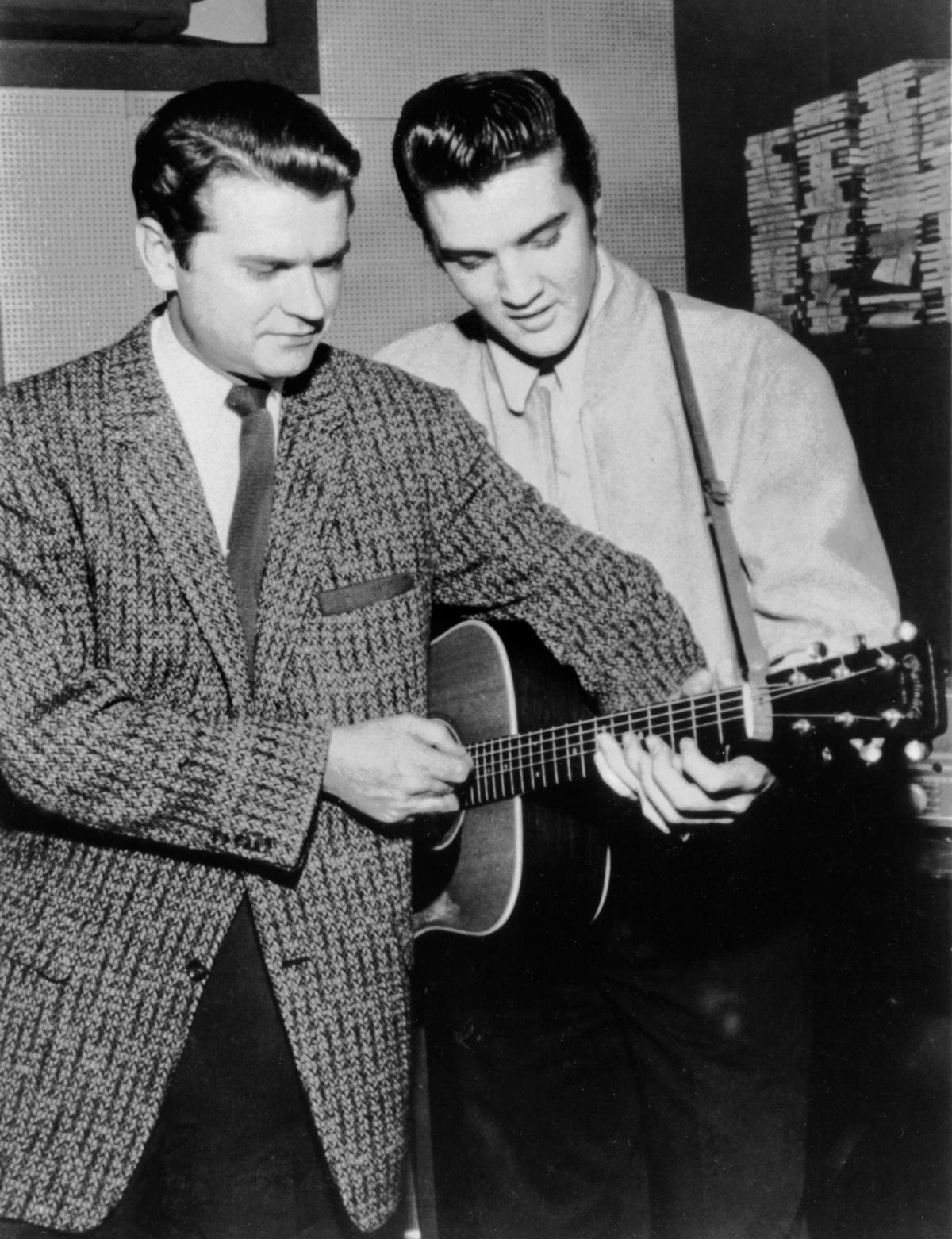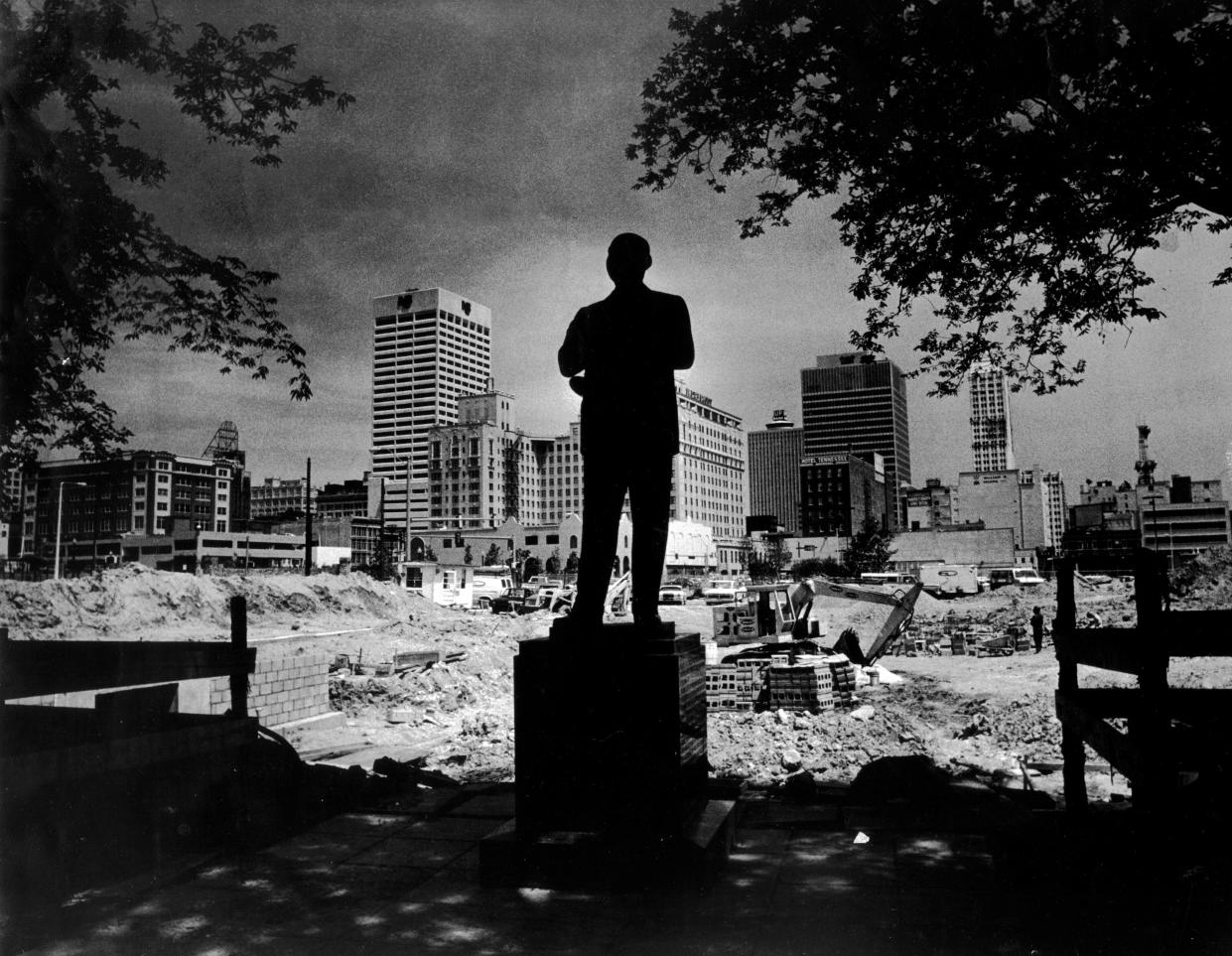What music is Memphis famous for? Blues, rock’n’roll and much more

Memphis can claim to play a significant and, in some cases, crucial role in almost every form of American popular music.
But the Memphis Tourism Office likes to remind visitors that the city has two marketable nicknames that reflect its importance to two forms of musical expression in particular.
Memphis calls itself the “home of the blues” and the “birthplace of rock ‘n’ roll”.


Is that enough? Perhaps the city should give itself the title of “The Center of Soul” a third time, in recognition of the contributions of record labels like Stax and Hi and artists like Isaac Hayes and Al Green.
“The Home of Hip-Hop” could be a promising fourth campaign. Even those who don’t know rap music probably know that Three 6 Mafia won an Oscar for Best Original Song in 2006 for “It’s Hard Out Here for a Pimp.”
Memphis’ “blues” fame is largely due to Beale Street, which has been a major center of black commerce and culture since 1841, where blues musicians continue to perform in restaurants and nightclubs. Beale Street made Memphis a mecca for blues musicians from the Mississippi Delta and other neighboring regions, and brought fame to artists such as Memphis Minnie and BB King.
MEMPHIS MUSIC HALL OF FAME: Wilson Pickett, The Gentrys and James Carr are among the members of the Memphis Music Hall of Fame in the class of 2024
And where should the “Father of the Blues” live if not in the “Home of the Blues”? Trumpeter and composer W.C. Handy – who called his 1941 autobiography “Father of the Blues” – was born in Florence, Alabama, but rose to fame after moving to Memphis in 1909 and incorporating the black folk music he encountered into such popular compositions as “Memphis Blues” and “St. Louis Blues.” Through recordings, sheet music, and concerts (including a 1928 appearance at New York’s Carnegie Hall), Handy brought widespread recognition and even a certain respectability to “field” and “street” music, which some considered “unrefined.”


Handy was the most famous musician from Memphis until another newcomer came to town and helped spark the so-called Big Bang of rock’n’roll when he recorded “That’s All Right” at Sam Phillips’ studio at 706 Union Avenue on July 5, 1954. The man, of course, was 19-year-old Elvis Presley.
Released by Phillips (also from Florence, Alabama) on his Sun Records label, with “Blue Moon of Kentucky” on the flip side, the song began a path that would make him the “King of Rock ‘n’ Roll” while establishing Sun as a beacon for new artists, particularly in the rockabilly/rock ‘n’ roll, rhythm and blues, and country genres. These included Johnny Cash, Carl Perkins, Howlin’ Wolf, Little Milton, Jerry Lee Lewis, Charlie Rich, and many more, including Ike Turner, whose band released a 1951 single that is often cited as the first rock ‘n’ roll record, “Rocket ’88.”
Radio stations in Memphis helped spread the message. Disc jockey “Daddy-O” Dewey Phillips of WHBQ-AM 560 became the first man in America to play an Elvis record, while WDIA-AM 1070 – with DJs such as BB King and Rufus Thomas – made history by becoming the first radio station to switch entirely to “black” content aimed at a black audience.
In the 1960s and 1970s, Memphis was instrumental in the explosion of soul music, when labels such as Stax, Hi and Goldwax and studios such as Stax, Royal and American recorded and/or released important recordings by Booker T. & the MG’s, Carla Thomas, Otis Redding, Isaac Hayes, Al Green, Ann Peebles, James Carr, the Box Tops and others.
By incorporating “samples” from many of these records into their own music, the city’s Memphis rap artists remained relevant even as rock and soul fell behind hip-hop on the national charts. Just as Stax offered a rough alternative to Motown, DJ Spanish Fly, Three 6 Mafia, 8Ball & MJG, Project Pat and others used digital drum kit sounds, “horror” synthesizers and other do-it-yourself strategies to distinguish Memphis hip hop from the often smoother sounds of other cities.
Memphis’ musical heritage can be explored in depth at several locations. Sun Studio is open for tours and the Stax Museum of American Soul Music is located in the space of the original Stax headquarters. The W.C. Handy Home and Museum is located on Beale Street, not far from the Memphis Rock ‘n’ Soul Museum.
This article originally appeared on Memphis Commercial Appeal: What kind of music is Memphis known for?



